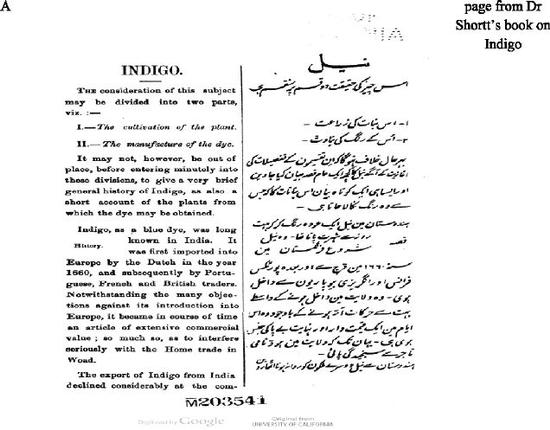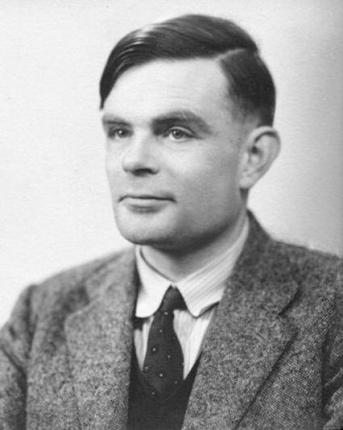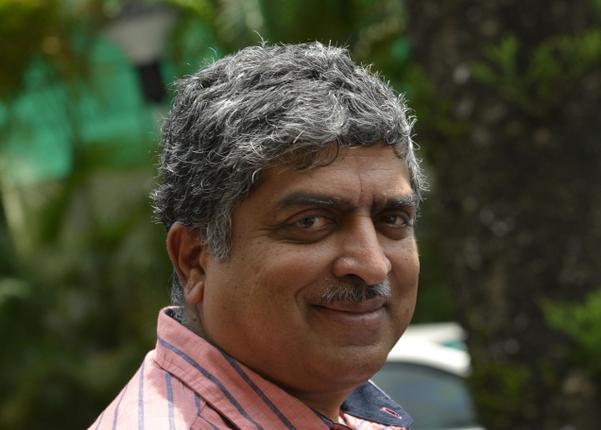When I revise my book on the Anglo-Indians, one of the many achievers I will have to add to my already long list will be Dr. John Shortt of the Madras Medical Services in the 19th Century. He could well have been one of the Madras Medical School’s first students when it was founded in 1835 with ten East Indians, as Anglo-Indians were then known, to be trained as apothecaries and 11 Indians to be trained as dressers, both, however, being additionally trained in diagnostic and aftercare skills. Among the four-member staff to train them, headed by Surgeon Mortimer, was Apothecary D’Beaux, an East Indian, and P. Muthuswami Mudaliar, but where they were trained I have not been able to trace. It was possibly this team that trained John Shortt.
To cut a long story to Shortt, he joined the East India Company’s services as an Assistant Apothecary. He must have been something exceptional even then, for he was selected to go to Edinburgh to study further. There he got an MD degree before returning to India to join the Madras Medical Services in 1854. In the Service, he served with the rank Surgeon-Major. When he retired 25 years later, he was serving in the rank of Colonel and, more importantly, as the Deputy Surgeon-General of the Madras Presidency, quite an achievement in those days for an East Indian.
Like many Government officials in those days, Shortt too spent much time on a variety of interests which got them wider recognition. His interests were botany, biology and anthropology. His published works included a paper on the Indigo plant in 1860, an anthropological study of the Todas, and a paper on the coffee plant. His paper on Indigo, written when he was Zillah (District) Surgeon, Chingleput, was published by ‘Pharoah and Co’. It was a publication noteworthy for its two-column page format featuring the English text in the left column and the “Hindustani translation” in Urdu script on the right. Shortt also practised as a veterinary surgeon after his retirement in Yercaud till his death. Out of his experiences of those years came a book titled A Manual Of Indian Cattle And Sheep: Their Breeds, Management And Diseases published by Higginbotham’s.

His work in biology was responsible for Shortt being invited to be a Fellow of the Linnean Society, London. He was later to propose Dr. Senjee Pulney Andy (Miscellany, August 26, 2013) for a Fellowship of the Society. Both of them independently wrote articles on the branching palms in South India that were published in 1869 in two different journals of the Linnean Society. Both also wrote on the Palmyrah and other flora in the journals of the Madras Agri-Horticultural Society. Shortt, who in the early 1870s, was listed as the Superintendent-General of Vaccination, was probably Pulney Andy’s boss, the latter serving as the Superintendent of Vaccination, Malabar, at the time. Shortt was also during this period the Secretary of the Obstetrical Society of Madras. He passed away in Yercaud on April 24, 1889. I wonder whether a reader in Yercaud can come up with a picture of Shortt’s tombstone and a note on his practice there.
******
The Turings of Madras

It was Vishwas Ghaskadbi who set me on this trail by sending me an extraordinary story of coincidence related by Anvar Alikhan shortly after the story appeared of the famed World War II code breaker, Alan Mathison Turing, also known as the ‘Father of the Computer’, being pardoned posthumously by Queen Elizabeth II 60 years after he had been convicted for homosexuality. Shortly after the conviction, Turing had committed suicide.
Alikhan, doing a bit of research on Turing, discovered that Turing had connections with Madras on both sides of his family. The trail led to a house in Coonoor to which had retired E.W. Stoney, a railwayman, who was the father of Ethel Sara Stoney, the mother of Alan Turing. Then came the amazing coincidence — The Gables, which still survives in Coonoor, was bought by Nandan Nilekani, one of India’s leading authorities on the IT industry. He had no idea that his holiday home had a Turing connection — till Alikhan showed him indisputable evidence dating to 1916 that E.W. Stoney had indeed been the owner of The Gables.

The statement by Alikhan that Turing had connections with Madras on both sides of the family got me searching for the trail of the Turings of Madras. The Turing story in Madras begins in 1729 with Robert Turing, the fourth son of Sir John Turing, the 3rd Baronet, being appointed Surgeon’s mate in Fort St. David, on the recommendation of Dr. John Turing (a kinsman?), who was the Surgeon of the East Indiaman Greenwich which called at Madras that year. By 1741, Dr. Robert Turing was Surgeon at Vizagapatam and then served in Madras from 1753 to 1762 as a Presidency Surgeon. He lived in a house near Harris Bridge, which is near the Casino Theatre.
Dr. Robert Turing helped Robert Clive to recover from a prolonged illness in 1752 and had him fit to sail for England early in 1753. He was also a persistent advocate for a much larger hospital in the Fort. He wanted space for 250 men, an area to treat 200-300 seamen when the Fleet was in the Roads, and an operating theatre. It was from Sir John Turing’s brother Walter’s line that Alan Turing descended; his father was Julius Mathison Turing, an ICS officer who served in Bihar and the Ganjam District of Madras Presidency.
Whether they were connected with Robert Turing or not, there were in Madras in the second half of the 18th Century John and William Turing, both in the Madras Civil Service, and James and Robert Turing in the Madras Army. John Turing Senior was Sheriff in 1767 (an office William Turing who entered the Civil Service in 1769 was to hold in 1778) and Mayor in 1776. He lived in a garden house in Vepery. Another John Turing, Junior, arrived in 1795 and died in Vizagapatam in 1808. Significantly, that great chronicler of Madras History, H.D. Love, writes c.1912 that “the name of Turing is still represented in the Indian Civil Service in the Southern Presidency.”
source: http://www.thehindu.com / The Hindu / Home> Features> MetroPlus> Madras Miscellany / by S. Muthiah / Chennai – January 12th, 2014